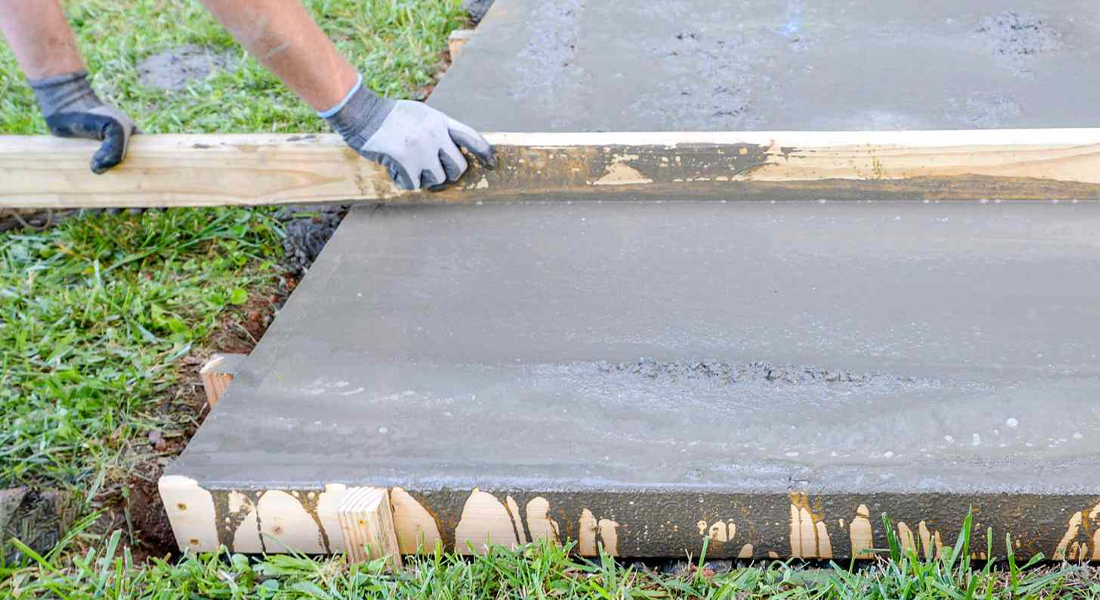Screed drying is an important step in the construction industry. Screed is a mixture used to create a smooth and durable floor surface. However, for the screed to achieve the desired durability, it must be dried properly. The drying process can be particularly challenging in humid regions or under high-moisture conditions.
Dehumidifiers play a crucial role in the screed drying process. These devices absorb excess moisture from the air and lower the overall humidity levels. As a result, the water within the screed evaporates faster, accelerating the drying process. At Nem Türk, we use the right and most effective dehumidifier models tailored to the specific requirements of each site to ensure fast and efficient drying.
One of the main advantages of dehumidifiers in screed drying is saving both time and costs by speeding up the process. These devices can operate effectively even in highly humid environments and ensure that the screed dries properly. Additionally, dehumidifiers help prevent mold or fungal growth within the screed during the drying phase.
Using dehumidifiers is very simple. Once the device is placed in the damp area and switched on, it automatically detects the moisture in the air and quickly reduces humidity levels. Some advanced models, such as NT800N and NT400N, feature automatic shut-off once the desired humidity level is reached. This provides ease of use while also supporting energy efficiency.
When selecting a suitable dehumidifier for screed drying, it is important to consider the room size and existing humidity levels. Choosing the right capacity ensures the drying process is carried out in the most effective way.
In conclusion, screed drying can be difficult in humid regions or under high-moisture conditions. However, dehumidifiers provide the right solution. By removing excess moisture from the air, they enable screed to dry faster and more effectively. Selecting the proper dehumidifier is essential for a successful, efficient, and reliable drying process.
